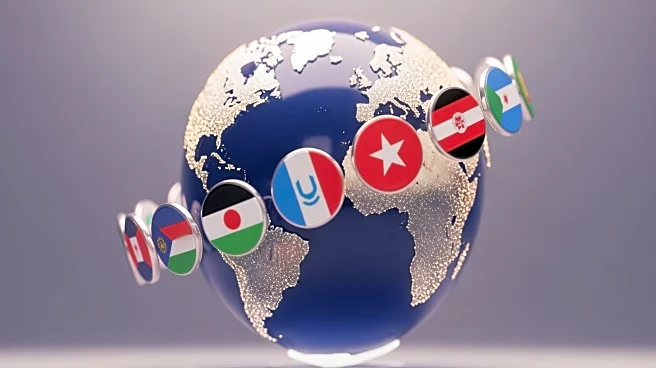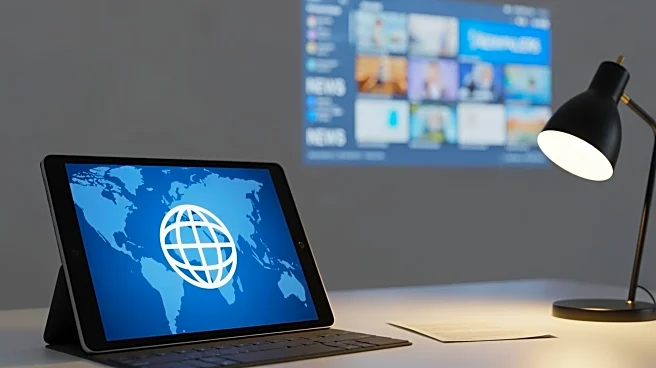What's Happening?
In 2025, brands are increasingly adopting unconventional marketing strategies to stand out in a crowded marketplace. Companies like Graza and Jolie are leading this trend by creating 'weird' and unexpected
campaigns that challenge traditional marketing norms. Graza, an olive oil brand, introduced its new glass bottles through a surreal event called GrazaVerse, featuring unusual elements like a cherub statue 'peeing' olive oil. Similarly, Jolie, known for its filtered showerheads, uses unique events and content to engage consumers. This shift towards the bizarre is seen as a response to the overwhelming amount of polished digital content, with brands seeking to capture the attention of consumers, particularly younger audiences, who are increasingly jaded by conventional advertising.
Why It's Important?
The move towards 'weird' marketing is significant as it reflects a broader shift in consumer engagement strategies. By embracing the unusual, brands can differentiate themselves in a saturated market, potentially increasing brand loyalty and expanding their audience. This approach is particularly relevant for direct-to-consumer businesses in the U.S., where competition for consumer attention is fierce. The success of these campaigns suggests that consumers are receptive to creativity and novelty, which can lead to increased brand visibility and sales. However, the effectiveness of such strategies often relies on the quality of the underlying product, as consumers are more likely to engage with brands that offer both innovative marketing and high-quality offerings.
What's Next?
As more brands experiment with unconventional marketing, the industry may see a rise in collaborations and partnerships that defy traditional boundaries. This could lead to more cross-industry initiatives and creative campaigns that further blur the lines between different sectors. Brands may also continue to explore new ways to measure the success of these campaigns, focusing on metrics like social engagement and consumer sentiment rather than traditional sales figures. The trend towards 'weird' marketing is likely to persist as companies seek to maintain relevance and capture the attention of an increasingly distracted audience.
Beyond the Headlines
The embrace of 'weird' marketing strategies highlights a cultural shift towards valuing creativity and authenticity in brand interactions. This trend may influence not only marketing practices but also product development and corporate culture, as companies strive to align their offerings with the evolving preferences of consumers. Additionally, the success of these strategies could encourage more brands to take risks and innovate, potentially leading to a more dynamic and diverse marketplace.











